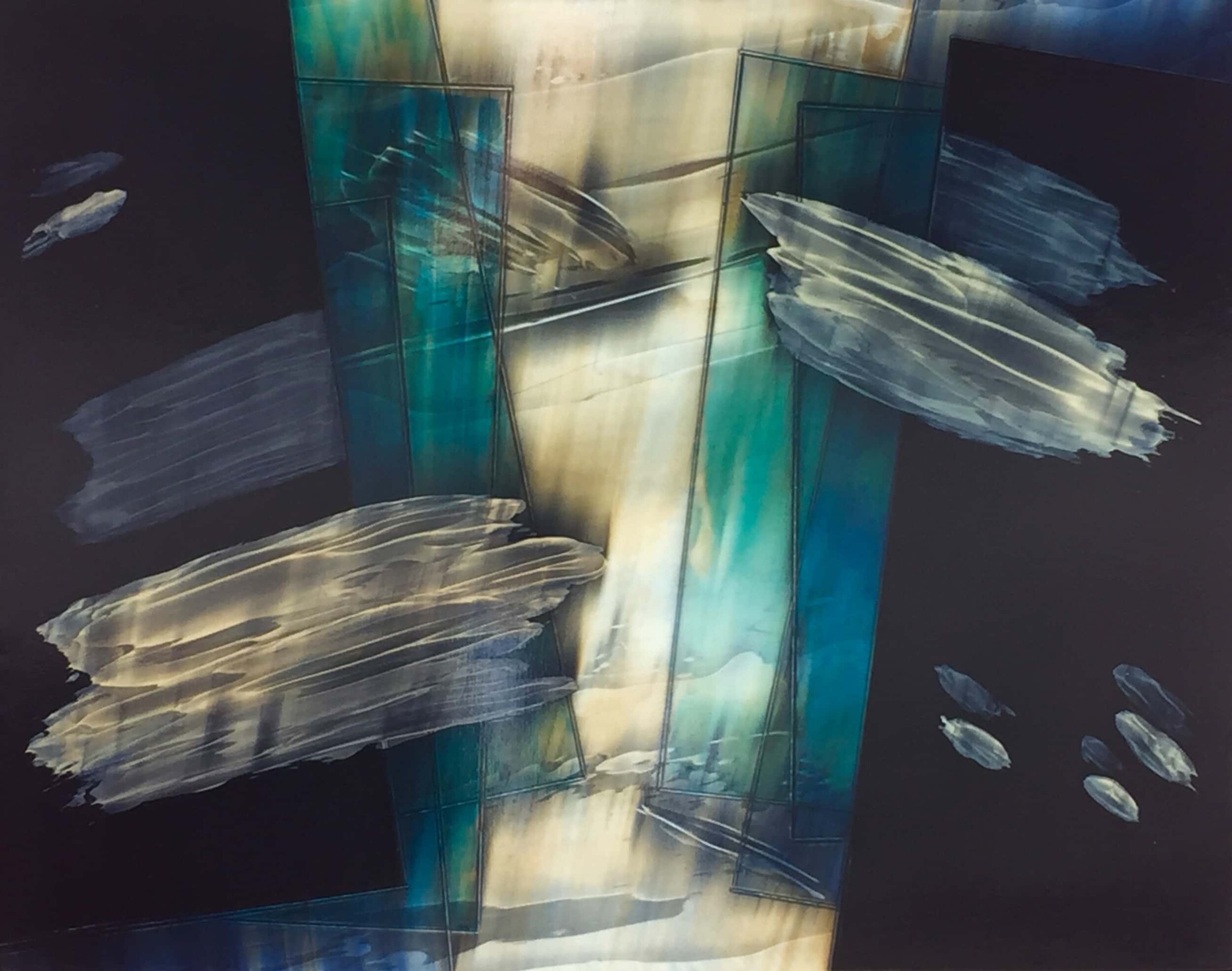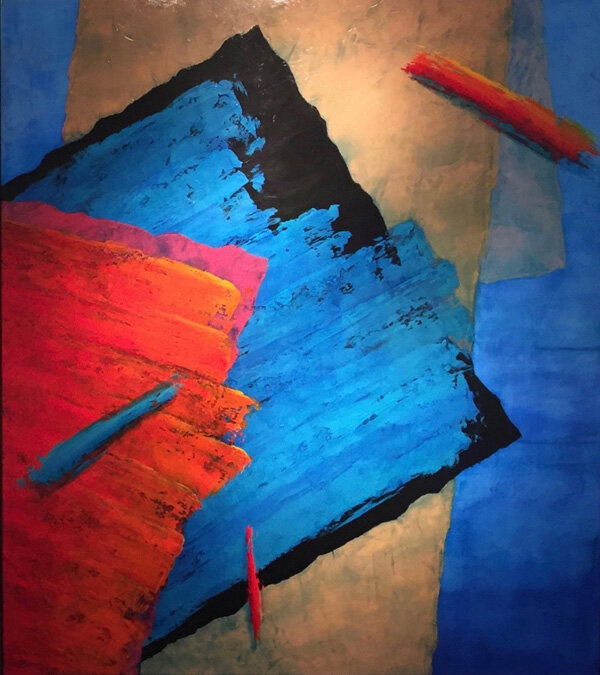Eugene Bavinger (1919-1997)
"Drift Pattern"
acrylic on canvas
30" x 42"
"Forceful Separation"
acrylic on canvas
57" x 65"
"Approaching White"
acrylic on canvas
60" x 45"
"Repeatable Traces I"
acrylic on glass transferred to canvas
60" x 45"
"Untitled 1963"
acrylic on paper on board
24" x 30"
"Blue Symbol"
acrylic on paper on board
25.50" x 19.50" (SOLD)
"Indian Ritual"
acrylic on canvas
65" x 57" (SOLD)
"Alternation Series 8"
acrylic on glass transferred to canvas
26" x 33" (SOLD)
"Untitled 1980"
acrylic on glass transferred to canvas
33.50" x 26.50" (SOLD)
"Form in Motion"
acrylic on glass transferred to canvas
26" x 15" (SOLD)
"Final Attraction"
acrylic on canvas
84" x 72" (SOLD)
“Violet Thrust”
acrylic on glass transferred to canvas
48” x 60” (SOLD)
"Reflective Series I"
acrylic on canvas
27" x 34" (SOLD)
"Untitled"
acrylic on canvas
42" x 30" (SOLD)
"Up Down Strangeness Series"
acrylic on canvas
70" x 84" (SOLD)
"Rhapsodic Red"
acrylic on canvas
45" x 60" (SOLD)
"Corridor of Light"
acrylic on canvas
30" x 42" (SOLD)
"Redbird"
acrylic on canvas
57" x 65" (SOLD)
"Dark Thrust #3"
acrylic on canvas
45" x 72" (SOLD)
"Synchronous Event"
acrylic on canvas
84" x 70" (SOLD)
"Progressive Form"
acrylic on canvas
57" x 65" (SOLD)
"Impelling Force"
acrylic on canvas
70" x 84" (SOLD)
"Red Override"
acrylic on canvs
65" x 57" (SOLD)
About the Artist
Eugene Bavinger's expressive interest in form led him to become one of Oklahoma's most experimental and technically proficient artists. He believed in the importance of experimentation and creating work that could be recognized for its individuality. As he worked to advance the genre of abstract illusionism, he pioneered a painting process (known as “glass” paintings) in which he first applied acrylic medium and layers of paint to glass before setting a canvas to the painted surface. After the paint had dried, he would meticulously remove the painted canvas from the glass surface.
As a result, the painting would have a smooth and highly reflective surface. Within the painting itself, Bavinger created compositions of light and color with forms that created the illusion of depth.
























